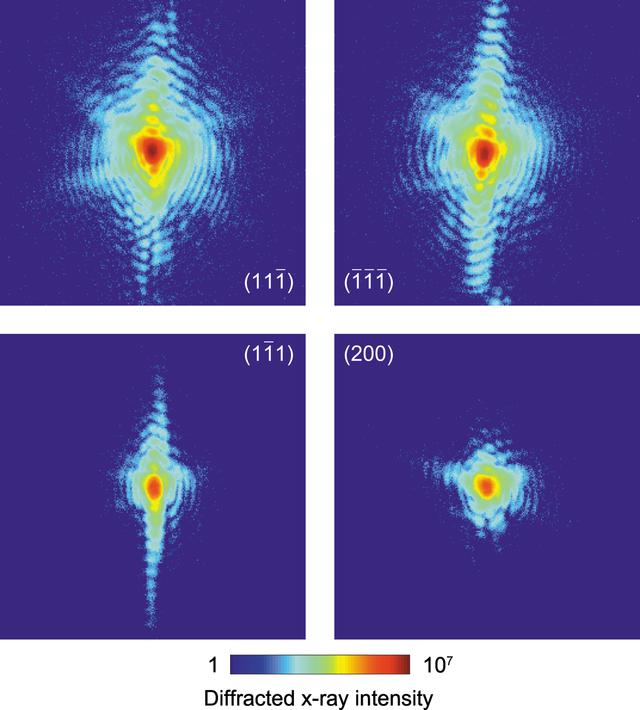
Below each cell, we show the molecular structures of the tin host, with hydrogen atoms omitted for clarity.

The cell volumes for the representations of 1 − Sn and 2 − Sn are 9 and 1 0 nm 3, respectively. (b) Single-crystal packing diagram of 1 − Cr in its isostructural host, 1 − Sn (red, left), and nonisostructural host, 2 − Sn (blue, right), showing only positions of metal centers. (a) Molecular structure of 1 − Cr (determined from single-crystal x-ray diffraction) with laser excitation and emission outlined. Host-matrix engineering of optically addressable molecular qubits. Here, the versatility enabled by chemically synthesized qubits appears particularly exciting for future advancements.

Such noise-protected molecular qubits, which can be remotely controlled with light, hold promise for applications in nanoscale sensing in intrinsically noisy environments such as biological cells. This effect significantly enhances coherence without the need to reduce environmental noise. Using host-matrix control, we alter the qubit’s symmetry, resulting in a qubit that is intrinsically protected from magnetic-field noise. We use an alternative approach: We create optically addressable molecular qubits that are intrinsically less sensitive to noise by chemically controlling their molecular packing. However, this strategy is not always possible or convenient. One approach to mitigate this decoherence is to reduce the noise sources. The environment around a qubit creates noise-from the fluctuating magnetic fields of atomic nuclei, for example-which limits the qubit’s coherence. Here, we enhance the timescale over which optically active molecular qubits can preserve quantum superpositions (the coherence time) by engineering the molecular packing around the qubit. The key to unlocking this potential is to draw on the versatility of molecular systems to enhance qubit properties. Housing such optically active spins in molecules offers opportunities to chemically design qubits for bespoke applications. The spins of electrons are attractive qubits, as they can preserve quantum states over long timescales and be controlled with light. Quantum bits (qubits) are the building blocks for quantum information science, an emerging field that seeks to use quantum-mechanical properties to advance areas from secure communication to biological sensing.

Our results demonstrate the ability to test qubit structure-function relationships through a tunable molecular platform and highlight opportunities for using molecular qubits for nanoscale quantum sensing in noisy environments.
#COHERENCE X HOW TO#
Finally, we explore how to further enhance optical-spin interfaces in molecular qubits by investigating the key parameters of optical linewidth and spin-lattice relaxation time. We model the dependence of spin coherence on transverse zero-field splitting from first principles and experimentally verify the theoretical predictions with four distinct molecular systems. This host-matrix engineering leads to spin-coherence times of more than 1 0 μ s for optically addressable molecular spin qubits in a nuclear and electron-spin-rich environment. By inserting chromium (IV)-based molecular qubits into a nonisostructural host matrix, we generate noise-insensitive clock transitions, through a transverse zero-field splitting, that are not present when using an isostructural host. Here, we demonstrate how the spin coherence in such optically addressable molecular qubits can be controlled through engineering their host environment. The ability to chemically synthesize such systems-to generate optically addressable molecular spins-offers a modular qubit architecture which can be transported across different environments and atomistically tailored for targeted applications through bottom-up design and synthesis. Optically addressable spins are a promising platform for quantum information science due to their combination of a long-lived qubit with a spin-optical interface for external qubit control and readout.


 0 kommentar(er)
0 kommentar(er)
